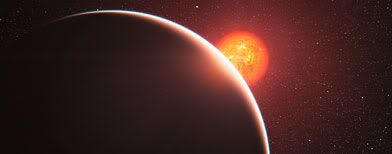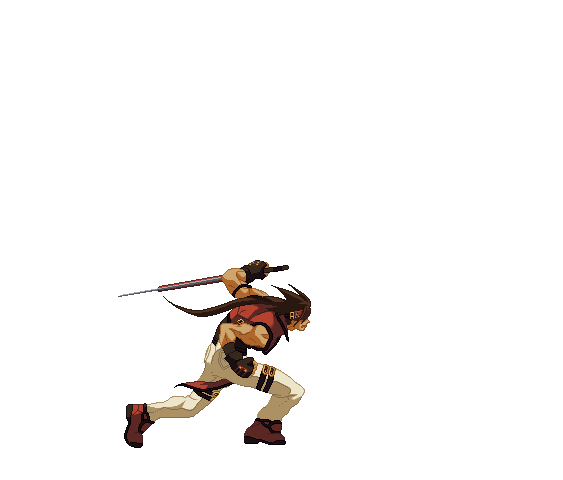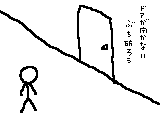
Is truth stranger than conspiracy-theory fiction? A new book on Area 51 that's already generating a ton of buzz says there was no alien spacecraft that crashed in Roswell, New Mexico in 1947. Instead, Stalin did it--maybe.

According to Annie Jacobsen, the reporter who authored "Area 51," the spaceship was actually a Soviet spy plane that came down during a storm. Jacobsen claims it was filled with bizarre-looking, genetically engineered child-sized pilots. Then-Soviet leader Joseph Stalin was hoping, Jacobsen alleges, that the news would cause widespread panic in the U.S.
The story gets even stranger: The leader of the USSR had apparently been inspired by the 1938 radio adaptation of the HG Wells story "War of the Worlds," produced by Orson Welles. The broadcast triggered panic in some listeners who tuned in and mistook it for a real-life alien invasion. (Though later students of the episode claim that the media of Welles' day vastly exaggerated the scale of public alarm over the broadcast.)
And those ET-looking aviators? They were scientific experiments created by the "Angel of Death," Nazi doctor Josef Mengele, for the USSR after the war. The flight was piloted remotely, according to accounts in the book, and was filled with a crew of "alien-like children."
According to Jacobsen's source, a retired engineer who was put on the project in 1978, the look of the human experiments could explain the alien conspiracy theories: "They were grotesquely deformed, but each in the same manner as the others. They had unusually large heads and abnormally shaped oversize eyes."
Is any of this true? There's no way to prove it. Documents surrounding the Roswell incident are still classified--as is virtually all information related to the mystery spot.
Still, lack of proof hasn't exactly stopped the book from sparking speculation on the media circuit and on the Web. In the last day, Yahoo! searches skyrocketed 3,000 percent for "area 51 book." And the tome is penned not by a crackpot conspirator, but a respected journalist.
Even the New York Times gives her credence, writing in its review: "Although this connect-the-dots UFO thesis is only a hasty-sounding addendum to an otherwise straightforward investigative book about aviation and military history, it makes an indelible impression. 'Area 51' is liable to become best known for sci-fi provocation."
But sci-fi provocation may be all the book generates. After all, without the government coming out and saying what happened back in 1947, even if there was no conspiracy, the stories of the "Roswell Incident" will remain just that.
You can watch "Daily Show" host Jon Stewart about interview Jacobsen about her claims below



















